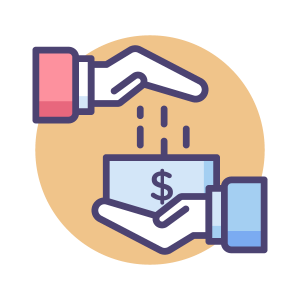Grantmakers provided charitable organizations relative stability throughout the Great Recession, according to one report. “Giving” was badly affected by recession. However, grantmaking is once more on the rise, according to a preview of Foundation Center’s upcoming “Key Facts on U.S. Foundations.” In 2013, giving from foundations reached almost $55 billion, which is a record high, even when adjusted for inflation, the report said. Prior to this year, 2008 showed the highest amount of giving from foundations on record at $46.8 billion. While some foundations may still not be in the best financial shape after the recession, investing in grant management software and engaging in other strategies can help lower costs over time by helping grantmaking processes become much more efficient.
For instance, while the dollar amount of giving has risen, robust finances are probably not the reason for the increase. In an article for Philanthropy News Digest, Steven Lawrence, director of research at Foundation Center and author of the report, said that the organization tracked approximately 11,000 more foundations in 2013 than in 2008. In addition, a number of independent and family foundations reported cutting back on their giving.
On the other hand, compared to charitable giving from individuals, grantmaking from foundations was relatively stable. For instance, a report from the Russell Sage Foundation and the Stanford Center on Poverty and Inequality indicated that giving from individuals dipped 7 percent in 2008, and another 6 percent in 2009.
Lawrence said that even as many foundations faced declining assets, they kept their giving at similar levels, recognizing the need for stability in their resources.
Facing challenges with grant management software
Foundations are affected by the economy, but can’t afford to reduce giving if they want to advance their missions and fund organizations that are in line with their goals. It’s never clear what’s going to happen in the economy and what effects it may have, but implementing digital tools like grant management software can provide long-term return on investment by making grant proposal review and funds delivery more efficient. When time and money are at a premium, digital platforms can make operations more cost-effective by reducing the possibility of errors and allowing staff to spend more time on the most important aspects of their jobs, rather than manually inputting grantee information into spreadsheets or trying to sort paper.
When the economy is in bad shape, foundations can provide stability when individual giving decreases. These organizations have a duty to provide funding for charities that depend on them, and they can more effectively achieve this goal with process improvement. Especially when assets are thin, foundations need to be sure they’re delivering funds to the most deserving nonprofits. Robust reporting and business intelligence features can help foundations make sure their money is going to the right place and being used in a way that is in line with outlined goals.
The future is looking brighter for foundations, according to Foundation Center, but grantmakers can always find new ways to improve processes.












